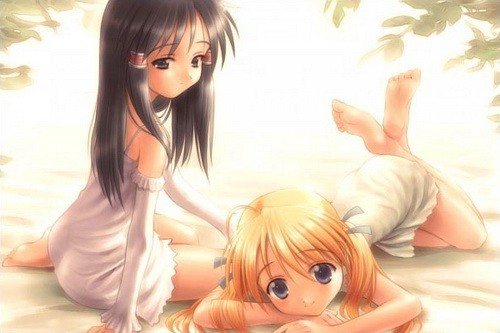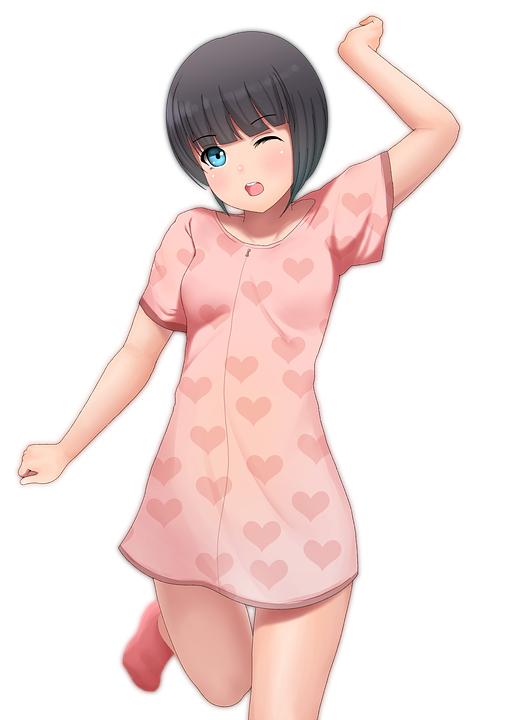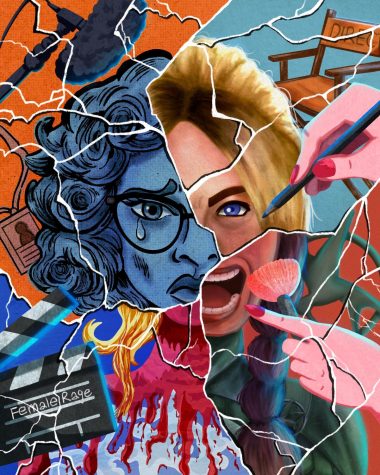Little Miss Lolicon
Just because she’s a cartoon doesn’t make it okay

Picture this scenario: you’re a prepubescent kid, possibly between the ages of 9–12 years old. Your main focus in life probably revolves around doing well in school, hanging out with friends, and keeping up with the latest trends to “fit in” with the other kids at school. Puberty might have hit you early around this time and you might be undergoing some changes. Or maybe it hasn’t. But for the most part, at this particular age, you would still be classified under the demographic of being a child at this point in your life.
Now imagine if you were in a relationship with an adult man at this point in time. There would be a huge outcry from the public and scrutiny over how wrong this particular scenario seems. There are laws that specifically prohibit this type of relational connection between two people from happening.
So why is it okay to depict this type of relationship across numerous animation and gaming platforms ?
It’s no secret that the sexualization of women is heavily prevalent all across the board in different mediums we consume on the daily. Whether that be though advertisements, film, TV shows, and many other forms of entertainment we are exposed to. Though there’s been some improvement regarding the depiction of female representation in the media the last few years, there’s still a ways to go. However, there’s one particular subculture of entertainment that’s becoming more mainstream which seems to be lacking in its representation of women. Particularly younger looking women and their behavior towards older, authoritative men.
Lolicon : “A Japanese term derived from the English phrase “Lolita complex,” lolicon describes a fascination with cartoons of very young-looking girls engaged in varying degrees of erotic behavior” (Matt Art : The New Yorker)
Anime (hand-drawn or computer Japanese animation) is quite a popular form of media consumed by viewers that has many characters following many repetitive tropes. One such category involves the “loli” character of the series. A loli is an under aged female with a childlike appearance to them. They’re typically displayed as being naive to the ways of the world, having very cute features to their persona (big eyes and full of eagerness to please), and sometimes portrayed in erotic depictions either in their franchise or by the fan base.

And then there’s the same archetype depicted onto “older characters” who are centuries old, but still have the same appearance of a child.

While searching online for public opinion on the matter, most people considered this particular subcategory to be harmful towards the anime community. However, some Reddit users (who will remain anonymous)on the r/anime part of the website have stated,“…Learn to deal with lolis and enjoy the shows for the positives you see…For me I understand it isn’t reality and so it doesn’t affect me at all.”.
But what happens when fiction starts crossing over into reality via enthused fan’s artworks?
Each year, there are numerous anime conventions staged throughout different parts of the world. The events are a place for fans of the medium to meet, cosplay as their favorite characters, and connect with other people who share the same passion for the art form. One of the best parts about these events is going to the “Dealer’s Hall.” It’s typically a space for artists and craft-smiths to showcase memorabilia they’ve made from different anime series and sell them for a profit.
Unfortunately, these events can sometimes be tarnished when artists depict lolicon artworks they’ve made at conventions. Granted, their material is purely fiction, but the fact that they’re making a profit based on the suggestive material they’ve created just feels off. It’s having a real world impact by spreading the subculture onto others and encouraging this disturbing trend.
So I ask, if we’re not stifling the depiction of these characters in the media, and we’re turning a profit from other people’s creations….where do we draw the line? Should this child archetype keep continuing, or should we just turn a blind eye because these girls are oh so cute?









